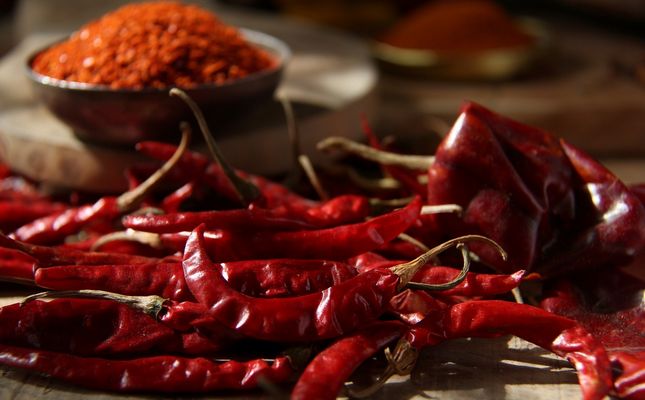[fshow photosetid=72157629781834722]
There is nothing better than venturing into a land full of new smells, sounds and customs and sitting down at a local eatery to indulge in the best the menu has to offer. Sri Lanka is not just the home of cricket fanatics; it is also the home of some of the world’s most exciting, tempting and tantalising dishes. Indian influence definitely plays a part – Sri Lankan cooking uses the same base spices as Indian cooking, including large amounts of cardamom, chilli, cumin and coriander – but there is so much more to this country’s traditional cuisine than the southern Indian influences. Sri Lankan food is much more than just curry.
It’s all in the details
Of course, a standard Sri Lankan meal often includes curry, but it’s all the extra trimmings that come before, with and even after the curry that make the food truly exciting and help diners explore this nation with the tip of their tongue.
One of the best tasting side dishes offered in Sri Lanka is coconut sambol. This paste is added to rice, meat and vegetables and not only gives a spicy zing to every bite, but is also traditionally believed to increase your appetite. Coconut sambol is made from ground coconut and chillies blended by hand with small dried Maldive fish and fresh lime juice for a perfect tropical taste combination that will set your taste buds alight.
On the other side of sambol you will be offered paripu with a main course. Paripu is similar to the traditional Indian dhal that most westerners know well. It is made in a similar way to dhal, but has a distinct, earthy flavour and texture that is truly unique to Sri Lankan cuisine. The best paripu is made with fresh thick coconut milk, which is used to stew and thicken the lentils and beans. This delicious mixture can be eaten on its own with rice, flat bread or added to a larger meal as a side.
Classic island cuisine
Incredibly rich and diverse dishes are integral to Sri Lankan culture and the people’s love of traditional food. Fish Ambul Thiyal is a delicious and truly defining dish that’s completely unique to the island. The main ingredient is the goraka or gamboges, a small orange fruit that has a tart taste that balances the salt and heat of the dish. This fruit is not commonly found in other parts of the world, which is what makes the dish so unique and exotic. Ambul Thiyal is made combining a hard fish (like tuna) roasted with cumin, garlic, ginger, fennel powder, curry leaves, cloves, pepper and green chillies to create a gastronomic delight.
It’s only natural that seafood plays a big part of the traditional cuisine in Sri Lanka’s coastal villages. Shrimp, squid and fish are all stars on the menu and their fresh flavours, combined with traditional spices, curry leaves and coconut rice are a temptation few food lovers can resist. One of the most exciting street food options is the Isso Vadai, a dense, small packet made from dhal and flour, pan fried until crispy and topped with fresh fish or prawns. These little hand held treats are explosions of taste and a fine example of local Sri Lankan culinary flare.
Lampreis is another favourite dish that many feel distills the very essence of Sri Lankan flavour. A combination of mixed meat curry, tempered binjal (eggplant), sambol, banana flower and blachan (ground prawns, onion, salt, lime and spices) are all added to samba rice which has been cooked in a rich marrow bone stock. The entire combination is rolled together and wrapped gently in a banana leaf. Portable, delicious and a true blend of exciting flavours that reflect the soul of the island.
Although Sri Lankan food preparation changes depending on the local culture, religion and ethnicity, every mother, grandmother and road side cook will whip up their very own version of a coconut sambal, paripu or Fish Ambul Thiyal. Yet a dish rarely tastes the same the second time. Sri Lankan cooking is emotional, visceral and full of heart and soul. Spices are used liberally and direct recipes are very rarely followed, this means that every taste sensation, every heady scent, is unique to the cook who serves them up.
Sri Lanka is famous for more than its food, below are some other good reasons to visit this exotic and intriguing tropical island:
- Beautiful colonial architecture in Galle, including the Dutch Fort, the largest fortress in Asia.
- Sri Lanka boasts some of the most inspiring train journeys in the world.
- Vast sprawls of tea plantations, such as Sir Thomas Lipton’s estate in Haputale.
- Adam’s Peak in central Ceylon, best to climb during pilgrimage season when stalls and teashops line the trail throughout the night.
- The bustling bazaars in the capital of Colombo offer a glimpse into the local way of life.

